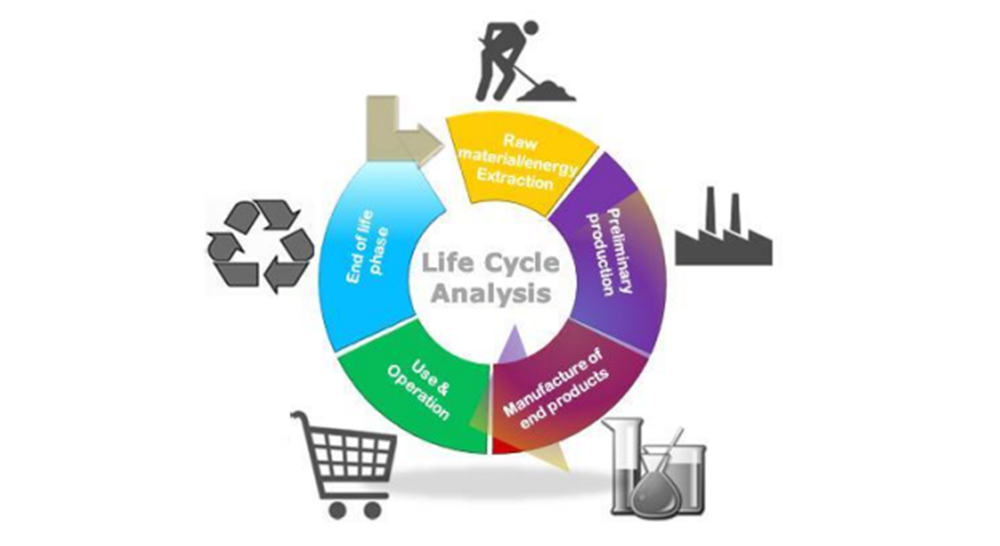A Life Cycle Analysis report commissioned by the Energy Efficiency and Conservation Authority (EECA) has found that electric vehicles (EVs) are better for the New Zealand environment than petrol or diesel powered vehicles, across the lifecycle of the vehicle as well as in use.
The Life Cycle Analysis was conducted by an international consultancy team of ARUP and Verdant Vision using ISO methodology to assess environmental impacts based on eight different indicators. This is the first study undertaken for the New Zealand context, and looks at the impacts of a vehicle across its entire life – from resource extraction to production, use on the road and finally disposal at the end of the vehicle’s life.
EECA General Manager Transport Liz Yeaman says that EVs outperform petrol and diesel cars particularly well in regard to carbon emissions. Across the lifecycle, pure EVs have around 60% fewer CO2 emissions than petrol vehicles. When we just look at the CO2 emissions from use, New Zealand’s high proportion of renewable electricity generation means EVs have around 80% fewer CO2 emissions when driven in New Zealand.
“As the renewable proportion of New Zealand’s electricity continues to grow, the CO2 emissions from an EV will reduce further.”
The analysis also found that across the lifecycle, around 40% less energy is required for an EV than a petrol or diesel vehicle. Electric vehicles also have lower levels of photochemical oxidation (related to the formation of smog) than petrol vehicles and EVs have the lowest level of particulate matter across the lifecycle. In use, EVs have no tailpipe emissions at all.
The report addresses two urban myths around EVs. The analysis found that there was no significant difference in the depletion of rare earth metals between EVs and petrol or diesel vehicles. Further, the lithium used in lithium-ion batteries for EVs, actually present in the form of salts, is neither a rare-earth nor even a precious metal.
The analysis also found that there are no significant differences across the vehicle types with regard to resource depletion air acidification, human-toxicity and eco-toxicity lifecycle indicators.
The full report can be downloaded from EECA’s website.





